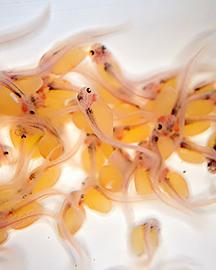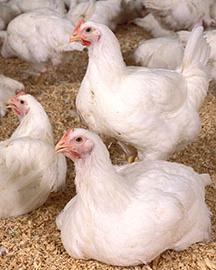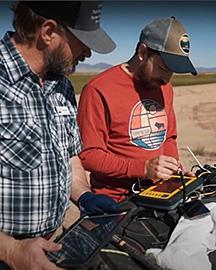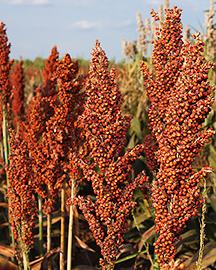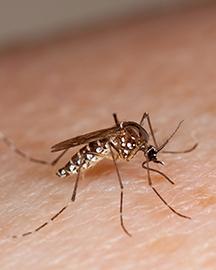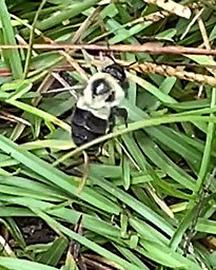Keeping Our Milk Supply Safe

In March 2024, the U.S. Department of Agriculture reported the first known cases of highly pathogenic avian influenza, specifically Avian Influenza A (H5N1) and commonly referred to as “avian influenza” or “bird flu,” in U.S. dairy cows. This outbreak quickly raised concerns that the virus was in retail dairy products and would put Americans’ health at risk. Dairy foods are common in many people’s diets. For example, in the United States, the per capita consumption of milk products is about 130 pounds per person each year.
At the request of the U.S. Food and Drug Administration, U.S. National Poultry Research Center researchers in Athens tested retail milk and dairy products for the H5N1 virus. Although researchers detected the virus’ genetic material in about 20% of the products tested, they found no live virus. In other words, the H5N1 virus material found in milk could not infect people. This testing confirmed that the dairy product safety programs, which include pasteurization and the diversion of poor-quality milk from the food supply, have been successful in keeping the H5N1 virus out of the commercial milk supply.



